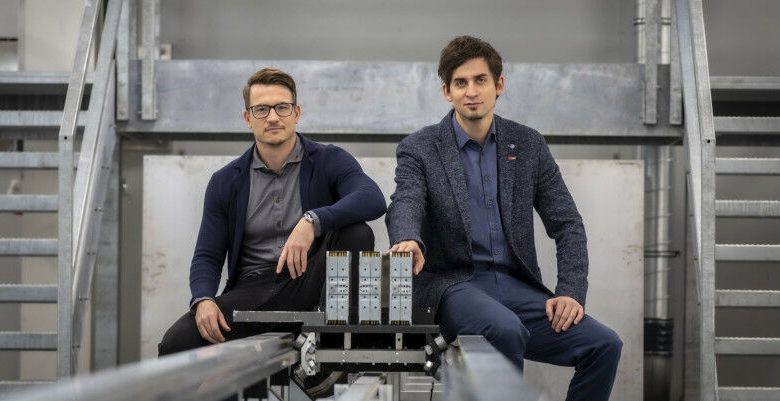A 2nd Week for Batteries

Discarded lithium-ion cells from electrical vehicles might be re-used as desk bound energy store gadgets. Researchers at TU Graz have established the primary signs for a significance evaluation in their status.
In 2030, round 1.2 million lithium-ion batteries of electrical vehicles, buses and development equipment can be decommissioned international as a result of they’re going to achieve the tip in their deliberate provider existence, their guaranty will expire or all of the automobiles can be scrapped. In 2040, round 14 million discarded batteries are anticipated to be discarded. Recycling the fabrics is sensible, however is pricey and technically challenging. It might due to this fact be higher and extra sustainable to re-use the batteries, for instance as desk bound electrical energy store gadgets. However this calls for a pitch evaluation in their extra efficiency capacity and security. Researchers on the Car Protection Institute at Graz College of Era (TU Graz) have now established the primary parameters that may be older to reliably assess the status of discarded batteries.
13 signs characterise the getting old procedure
Up to now, the decreased charging capability and an building up in interior resistance have served as a sign of the status of a older battery. Then again, this isn’t ample for a choice on a conceivable second-life worth. Because of this the researchers analysed lithium-ion cells that have been older in automobiles below actual statuses and similar untouched ones within the laboratory. All over repeated charging and discharging cycles, they recorded 31 other parameters and nearest checked how neatly they represented the getting old status of the batteries. 13 of those signs became out to be significant – those come with, for instance, the charging and discharging capability, the temperature extra between the poles throughout the charging procedure and the inactivity behaviour of the battery mobile upcoming the charging procedure.
“Using these indicators, we can draw conclusions about the ageing status of lithium-ion batteries and draw initial conclusions about different usage profiles without having to rely on data that is sensitive in terms of data protection like the usage history of the batteries,” says Jörg Moser, head of the Battery Protection Centre Graz on the Car Protection Institute at TU Graz. “On this basis, we can decide whether a battery is, in principle, suitable for further use in a particular area of application.”
Protection evaluation because the later step
Then again, the protection condition of the batteries nonetheless must be assessed to safeguard low-risk re-use. At some stage in their first existence, chemical adjustments happen within the fabrics, which will impact their barricade worth. “It is crucial to understand battery cells and the processes, reactions and changes that take place in them in detail in order to be able to determine their safety behaviour,” says Christian Ellersdorfer. He heads the COMET challenge SafeLIB on the Car Protection Institute, through which a consortium of analysis establishments and car and generation corporations is operating at the safety-related evaluation of untouched and older lithium-ion batteries. Preliminary effects are anticipated via the tip of the while.
It’s prone to be a number of years ahead of batteries are reused on a large foundation in next packages, making electromobility much more sustainable over its complete existence cycle. Upcoming all, untouched store fabrics, the protection of various battery applied sciences, the commercial viability of second-life packages and prison problems with regards to knowledge coverage, warranties and legal responsibility will have to even be considered. “This results in an interdisciplinary field of research that we want to work on at TU Graz together with national and international partners in further research projects,” says Christian Ellersdorfer.

This analysis department is anchored within the Garden of Experience ” Advanced Materials Science “, considered one of 5 strategic foci of TU Graz.
Do you want to obtain the original tales, information, analysis tales, interviews or weblog posts from TU Graz without delay to your smar




